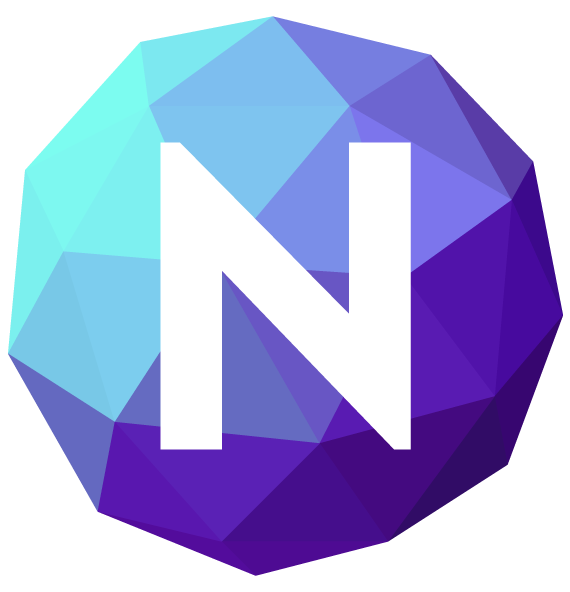Nikka Estefani
Category: Development, User Experience

ChatGPT is an Artificial Intelligence (AI) chatbot developed by OpenAI. It has become increasingly popular due to its ability to understand natural language and provide useful responses to user queries. The success of ChatGPT can be attributed to its User Experience (UX) design, which is focused on providing a seamless and intuitive user experience. In this article, we will explore the UX behind ChatGPT.
Conversational Interface
The conversational interface is at the heart of ChatGPT’s UX. It allows users to communicate with the chatbot using natural language, making it easy to use for people who may not be familiar with technical terms. The conversational interface is designed to be intuitive and responsive, providing users with quick and accurate responses to their queries.
User-Centered Design
The ChatGPT UX is designed with the user in mind. This means that the chatbot is designed to meet the needs of the user, rather than the other way around. The UX design team at OpenAI conducted extensive user research to understand user needs and preferences. They then used this information to design an interface that is easy to use and navigate.
Personalization
Personalization is a key aspect of ChatGPT’s UX. The chatbot is designed to adapt to the user’s needs and preferences. It uses machine learning algorithms to learn from user interactions and provide personalized responses. For example, if a user frequently asks about a specific topic, ChatGPT will learn to provide more detailed and relevant responses on that topic.
Clarity
Clarity is an essential aspect of ChatGPT’s UX. The chatbot is designed to provide clear and concise responses to user queries. The design team at OpenAI focused on creating a simple and straightforward interface that is easy to understand. The chatbot also provides visual cues, such as loading animations, to let the user know that it is processing their request.
Feedback
Feedback is an essential part of the ChatGPT UX. The chatbot provides feedback to the user throughout the interaction. For example, when the chatbot is processing a request, it provides a loading animation to let the user know that it is working. When it provides a response, it displays the response in a clear and concise format. This feedback helps the user understand what is happening and what to expect next.
In conclusion, the UX behind ChatGPT is designed to provide a seamless and intuitive user experience. The chatbot uses a conversational interface, user-centered design, personalization, clarity, and feedback to provide a user experience that is easy to use and navigate. As AI chatbots become more prevalent, UX design will continue to play a critical role in ensuring that users can interact with them in a natural and intuitive way.







